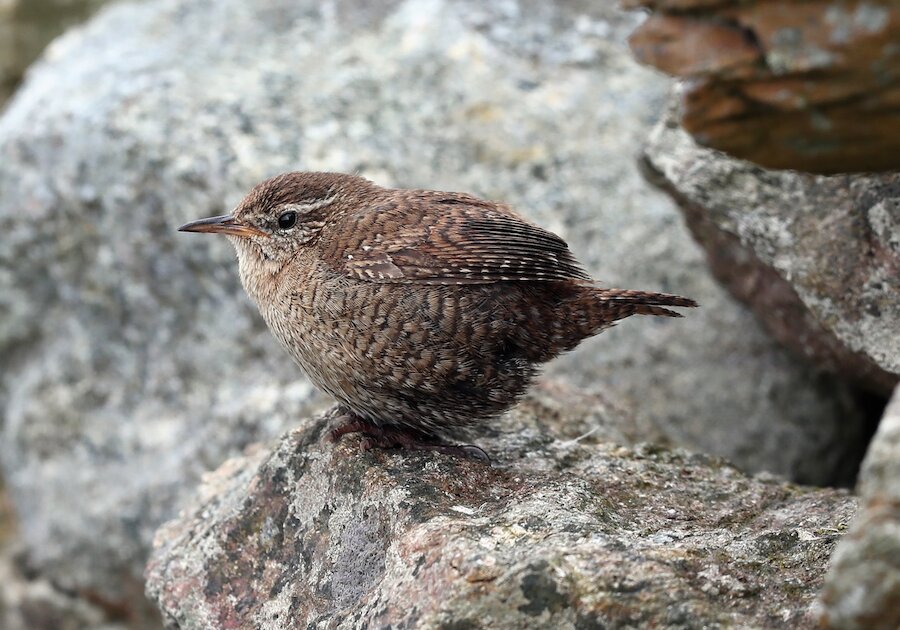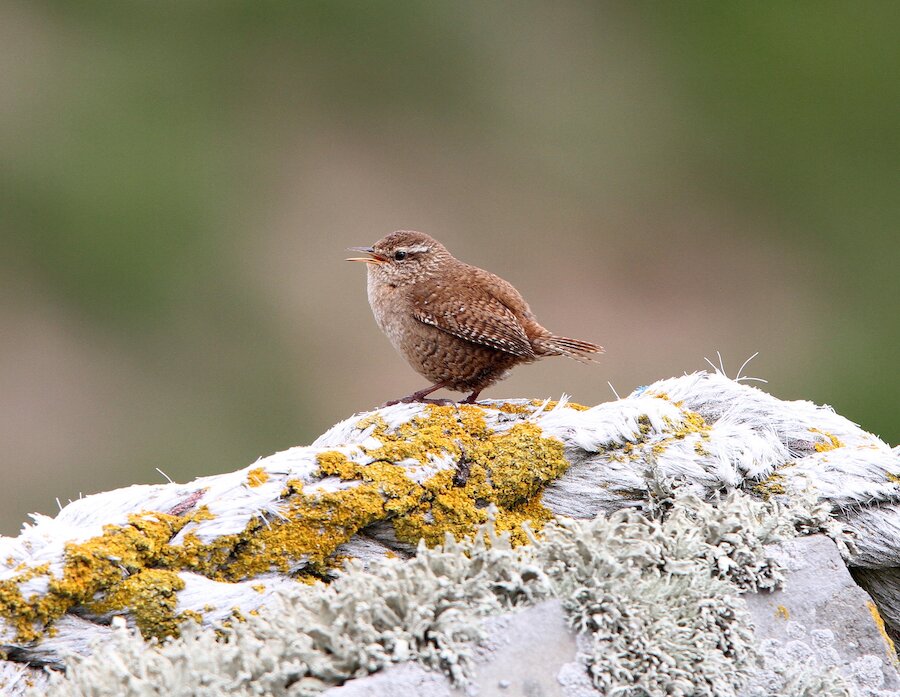It’s impossible for anyone spending any time in Shetland to be unaware of the Viking heritage that runs through the islands’ very fabric. Of course, in the late winter, the various Up Helly Aa festivals throughout the islands are a fiery, exuberant celebration of our Norse heritage – but the signs are there year round too, if you only know to look for them.
And they’re hard to miss – they’re at every road junction, for starters. The place names of Shetland root us firmly in our past. Everyone has their favourites. Brimfooster, Fladdabister, Skarvataing. Finniquoy, Tingwall, Muckle Flugga... Some of these places are inhabited to this day, others are not, but from Fair Isle to the very northern tip of Unst, all share one defining feature – they have Norse names, as true to the past as the Scandinavian DNA that, to this day, flows so strongly in the veins of many of the people of Shetland.
Those Viking settlers of centuries gone by left an indelible mark on our culture. They were clearly great travellers, astute observers of the lands they sank their roots into. Just like many contemporary Shetland folk and, like their twenty first century descendants, they loved a good yarn…



